What is sleep apnea?
Sleep apnea is a condition in which your breathing is interrupted during sleep. This can happen due to a blockage in your airway or simply because your brain doesn't signal your muscles to breathe properly. As you can imagine, this can lead to some serious health problems.
So, how can sleeping in a certain sleep position help?
Well, for example, when you rest on your side, gravity helps to keep your airway open. This allows you to breathe more effortlessly and prevents the interruption of your sleep.
Of course, not everyone can or wants to sleep on their side. If this is the case for you, there are still other positions that can help alleviate the symptoms. But, more on that later. For now, let's focus on a different issue – symptoms.
The symptoms of sleep apnea
Symptoms of OSA are various. From mild to severe. But what they all have in common is they disrupt your ability to get a good night's sleep.
Naturally, severe sleep apnea sufferers will exhibit more and more pronounced symptoms, but either one of the following could be an indication you're suffering from OSA.
Heavy snoring
Loud and heavy snoring is one of the most common and telltale signs of this sleep disorder.
If you find that your snoring gets particularly loud when you're lying on your back, it could be a sign that your airway is becoming blocked and a definite sign that you need to do something about it.
Waking up with a dry throat
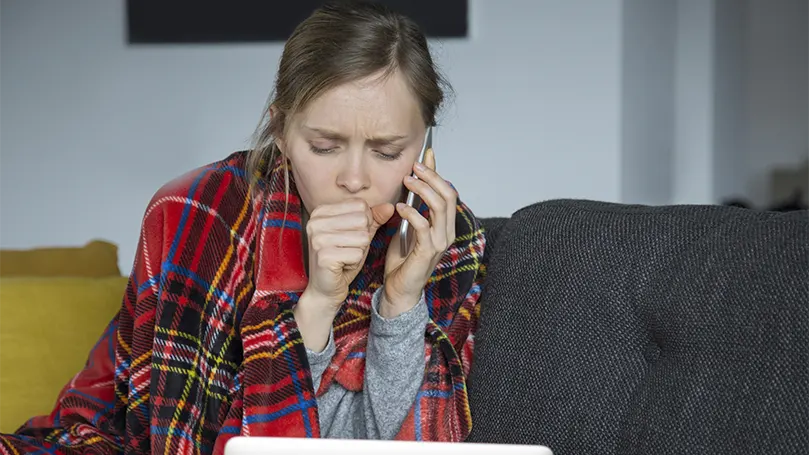
Waking up with a dry throat or mouth is another sign that your sleep is being disrupted. When we sleep, our bodies produce less saliva, which can lead to a dry mouth or throat even under normal circumstances.
However, if you're waking up with a dry throat regularly, it could be a sign that you're breathing through your mouth due to OSA, which is exasperating your dry throat even further.
Waking up with a headache
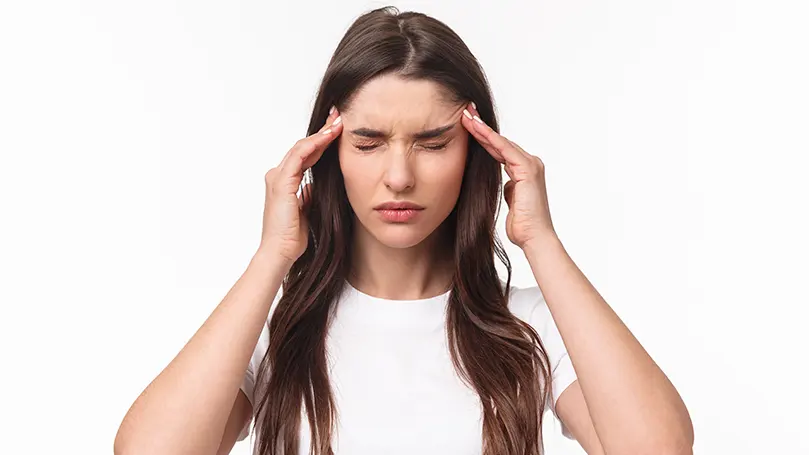
Waking up with a headache is another common symptom of OSA. The simple explanation of this issue is that the lack of oxygen can cause tension headaches.
The more detailed explanation is that these headaches are caused by the expansion of the blood vessels and elevated levels of carbon dioxide. The increased concentration of carbon monoxide causes blood vessels in and around the head to dilate, which causes pain and tension.
Sleep deprivation

Sleep deprivation is another very common symptom of this condition. If you find that you're regularly exhausted during the day, it could be because you're not getting enough quality sleep at night even though you're resting in your favorite sleeping position.
This can lead to difficulty concentrating, irritability, and even depression.
Increased blood pressure
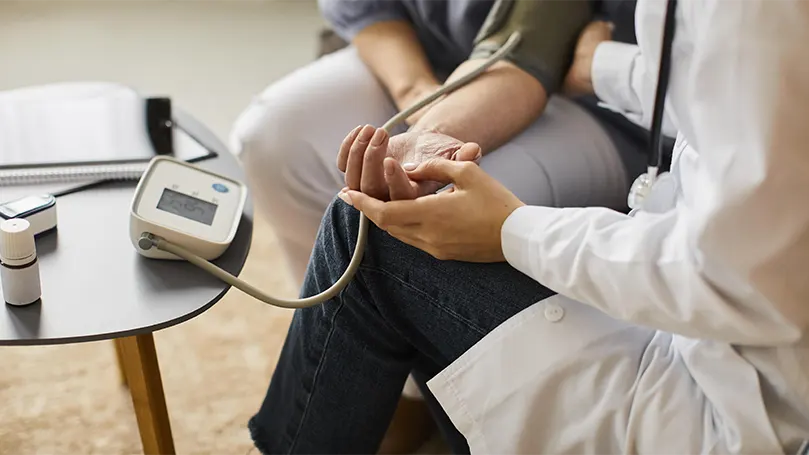
What you may also notice that your blood pressure is often high. This is because the lack of oxygen can cause your body to release stress hormones.
However, the worst part isn't the high blood pressure itself – it's what high blood pressure can cause. Namely, over time, the increased stress on your heart can lead to serious problems such as heart attacks, strokes, and even death.
Frequent mood swings
Frequent mood swings are a symptom that often goes unnoticed, especially in women. However, mood swings could be the direct result of OSA – most likely due to the combination of sleep deprivation and increased stress hormones. If you find that you're more irritable than usual, it could be a sign that you need to get your problem under control.
Daytime sleepiness
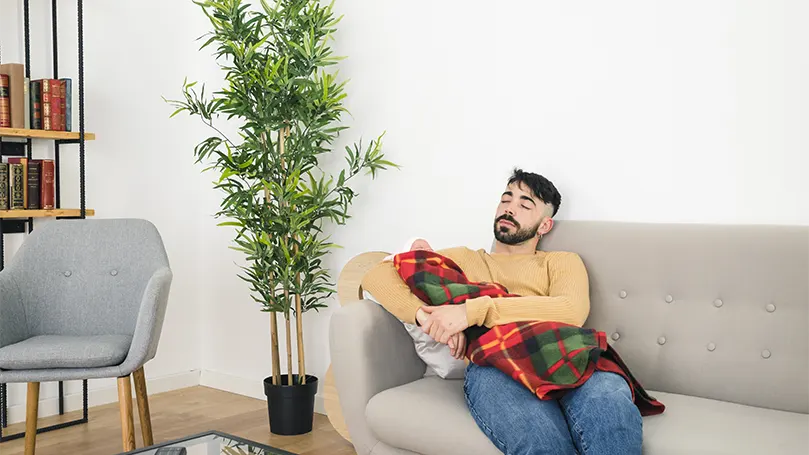
Finally, daytime sleepiness is one of the most common symptoms associated with OSA. If you find yourself nodding off during the day, it could be a sign that you're not getting enough quality sleep at night.
If you're experiencing any of these symptoms, it's important to mention them to your doctor. Sleep apnea is a serious condition that can lead to serious health problems. However, with proper treatment, it is possible to get a good night's sleep and improve your overall health.
What risks does sleep apnea carry with itself?
As you know, symptoms are only one part of the equation. The more important aspect is the risks involved with the disease or in this case a sleep disorder. So, let's take a look at what could come out of ignoring this particular issue.
Cardiovascular diseases
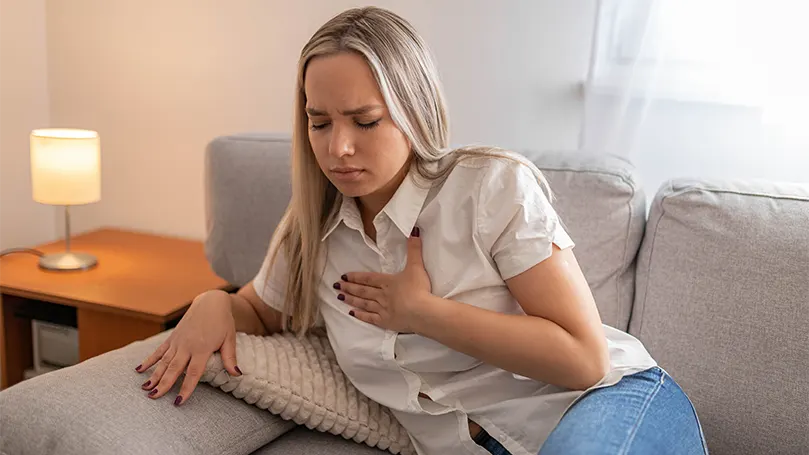
Sleep apnea has been linked with a whole slew of cardiovascular diseases. These include high blood pressure, stroke, heart attacks, and irregular heartbeat. In fact, it is thought to be one of the main reasons people have high blood pressure and suffer from arrhythmia.
In fact, atrial fibrillation, which causes the heart to quiver and flutter, may be caused by the stresses and chemical changes that occur in the body as a result of apnea-related oxygen deprivation.
Hypertension
As we've said, OSA can cause hypertension because it disrupts the natural sleep process. When you're constantly waking up due to snoring or gasping for air, your body is under stress and produces more stress hormones. These hormones can cause your blood pressure to increase, which can lead to more serious health problems down the road.
Eye problems
Eye problems are another risk associated with this condition. If you have it, you are at greater risk of developing glaucoma, papilledema, or other eye problems. This is because unaddressed sleep apnea can create physiological changes in the body, such as low oxygen levels, fluctuating intracranial and ocular pressure, and inflammation. This can damage the nerves in your eyes and lead to vision problems.
Metabolism issues
Metabolism issues are also on the table. If you have sleep apnea, you may have trouble with glucose intolerance and insulin resistance via intermittent hypoxia.
Additionally, obstructive sleep apnea, which is characterised by brief awakenings during sleep, reduces oxygen levels and may cause obesity and type 2 diabetes through increased sympathetic activation, oxidative stress, inflammation, and lipolysis.
Liver diseases
This sleep disorder is also linked to liver problems. Sleep apnea, particularly when combined with obesity, may cause non-alcoholic fatty liver disease (NAFLD) by increasing insulin resistance, dyslipidemia and inflammation – especially in overweight people who are also more prone to have OSA.
Erectile dysfunction
According to continuing research, sleep apnea can be a hindrance in one's love life, causing erectile dysfunction in men as well as a loss of libido in women. However, according to research, CPAP treatment (which we'll discuss later on) showed great results in improving erectile function in men suffering from both mild and severe ED.
What are the best sleeping positions for sleep apnea?
While simply switching sleeping positions isn't going to cure sleep apnea, sleeping in particular positions has been proved to treat it, or at least manage the symptoms. Here are the four sleeping positions for managing sleep apnea – ranked best to worst.
Side sleeping – left side
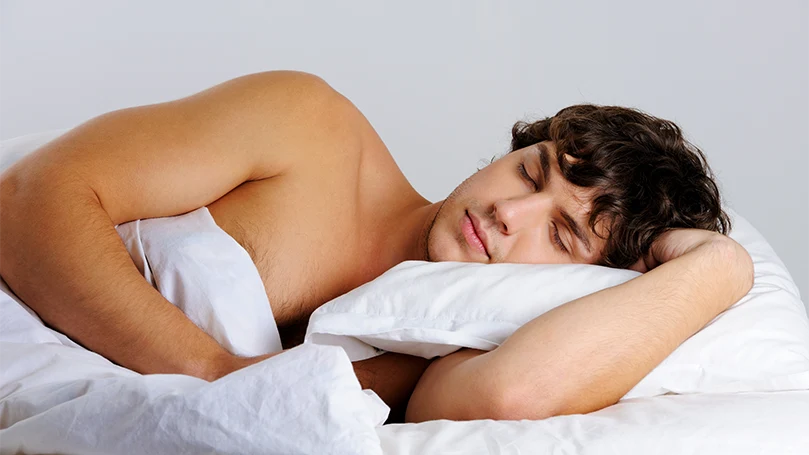
The best sleep position to help control sleep apnea is on your left side. This position encourages blood flow, reduces snoring, and can calm sleep apnea. Research shows that left side-sleepers have fewer severe occurrences than those who sleep in other positions.
Additionally, resting on your left side is believed to be the best sleeping position for your overall health, so not only will you manage the symptoms, you'll also benefit in other ways, too.
Side sleeping – right side
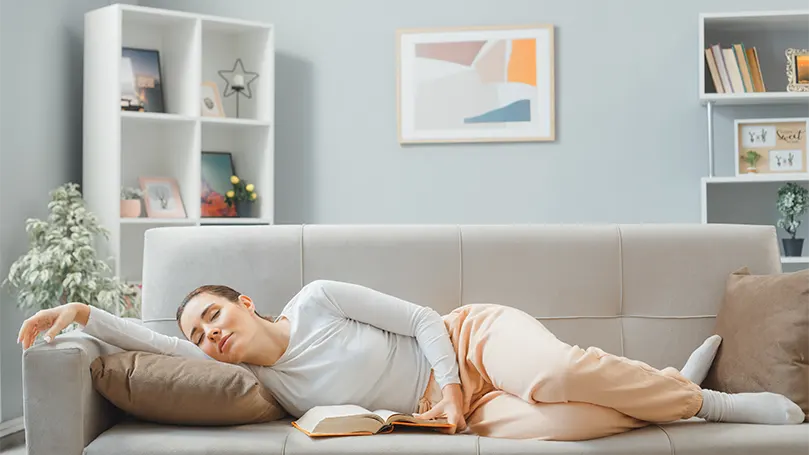
If you can't sleep on your left side for some reason, sleeping on your right side is the next best option. Right-side sleeping also cuts down on snoring and apnea events, but what it also does is help alleviate symptoms of GERD.
GERD, or gastroesophageal reflux disease, is a condition in which the contents of your stomach come back up into your oesophagus, causing heartburn and other uncomfortable symptoms which can aggravate OSA symptoms.
Sleeping on your stomach
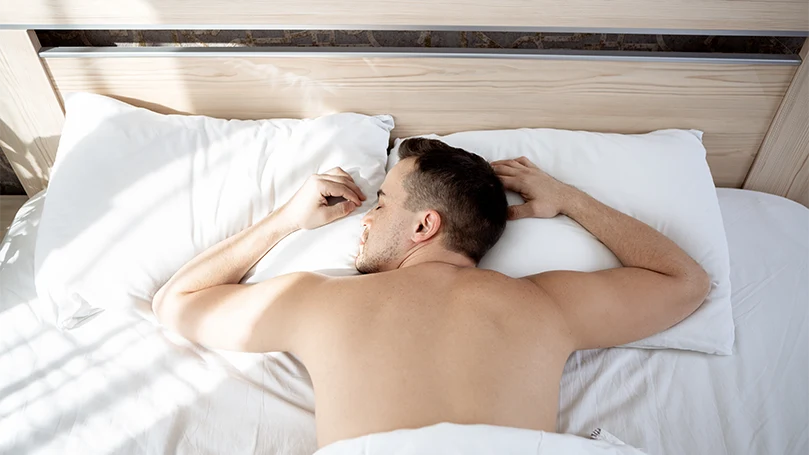
While it may be tempting to sleep on your stomach if you're struggling with snoring or mild sleep apnea, as gravity pulls your tongue and soft palate down opening up your airways – it's actually not that great of a sleeping position.
What makes it not so great is the simple fact that a pillow could cover up your nose, mouth, or both, causing you to have trouble sleeping regardless whether or not you're dealing with OSA. So, not ideal when you're trying to get a good night's sleep.
Stomach sleeping also puts unnecessary strain on your back, cause neck pain and can increase the risk of developing facial wrinkles due to the pressure on your face, so if you can – avoid becoming one of stomach sleepers.
Sleeping on your back
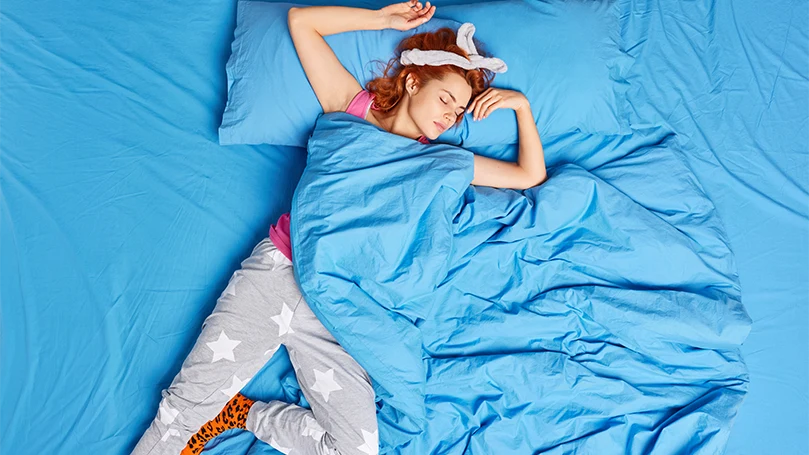
Sleeping on your back is actually the worst sleeping position for sleep apnea. This is because when you're lying down flat on your back, gravity pulls your tongue and soft tissues down, which can block your airway causing resistance and trouble breathing.
Sleeping on your back also makes snoring about a thousand times worse, so unless you want to keep your partner awake all night – avoid this position.
What about CPAP masks?
CPAP (Continuous Positive Airway Pressure) masks are devices that are worn during sleep to help treat sleep apnea. There are many different types of CPAP masks, and the type that is best for you will depend on your individual needs.
The most important thing to remember when choosing a CPAP mask is to make sure that it fits well. A well-fitting CPAP mask will be comfortable and will help you get a good night's rest.
Now, if you've been diagnosed with OSA and you've been instructed to undergo CPAP therapy, it might be helpful to know which masks work best with which sleeping position.
CPAP mask for side sleepers
Side sleepers will find nasal and nasal pillow CPAP masks the most comfortable. These two are your best options because they don't fit as snugly against your face, which is important because if you're sleeping on your side, one half of your face will be buried in a pillow, so you can see how uncomfortable it might get wearing a full-face mask.
CPAP mask for front sleepers
For front (stomach) sleepers, a CPAP mask might not cut it. While nasal masks are the most comfortable for front sleeping, you might need to add a CPAP pillow to the mix. That way, you'll still have ample support for your head, neck, and shoulders, and you won't have to worry about the mask digging in your face or nose.
CPAP mask for back sleepers
While back sleeping is without a doubt the worst sleeping position for sleep apnea, it is the best sleeping position when choosing a CPAP mask. Virtually any type of CPAP mask will work with this position – including the full-face mask.
What to do if nothing helps you to reduce snoring and sleep apnea?
If you have tried everything to reduce your snoring and sleep apnea and nothing has worked, you may be wondering what to do next. There are a few options available to you, depending on the severity of your condition.
For mild snoring or sleep apnea, your doctor may recommend lifestyle changes such as losing weight, avoiding alcohol before bed, and sleeping on your side. If these changes do not help, you may be prescribed a mouthpiece or other device to keep your airway open during sleep.
For more severe snoring or sleep apnea, you may need to use a CPAP machine. This machine provides gentle air pressure to keep your airway open while you sleep. While it may take some time to get used to the machine, it is the most effective treatment for sleep apnea.
Finally, talk to your doctor about the best treatment option for you. With the right treatment, you can get the restful sleep you need.
Conclusion
And those are the best sleeping positions for sleep apnea. As you can see, it's a bit more complex than one would think! So, if you have any questions, feel free to ask in the comment section.
Spread the word
Recommended reading:

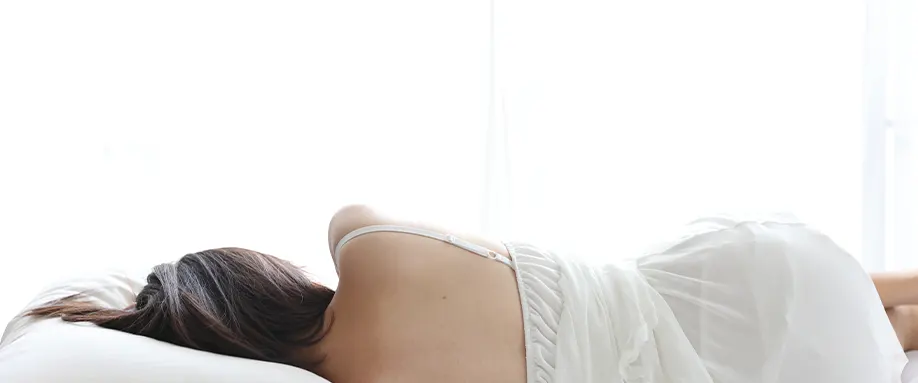
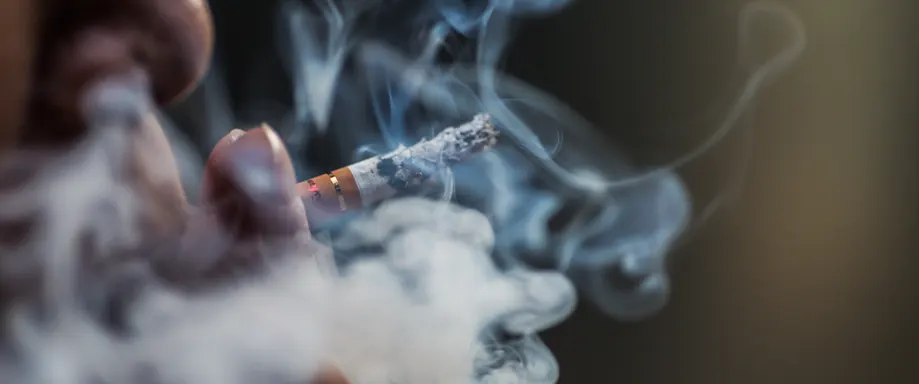
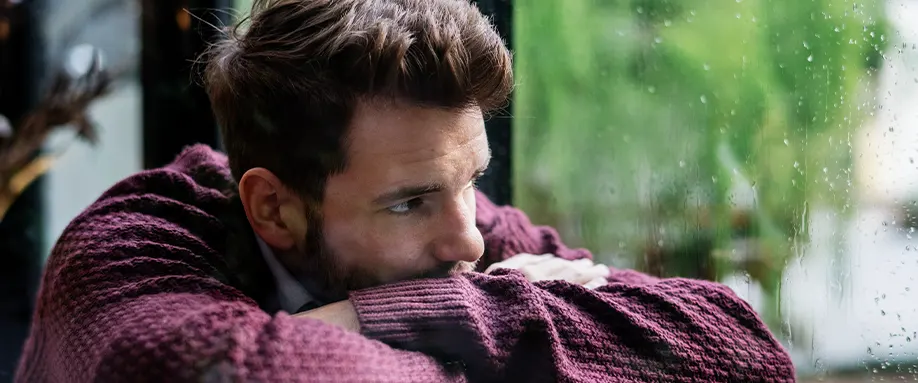











There are no comments yet
"*" indicates required fields